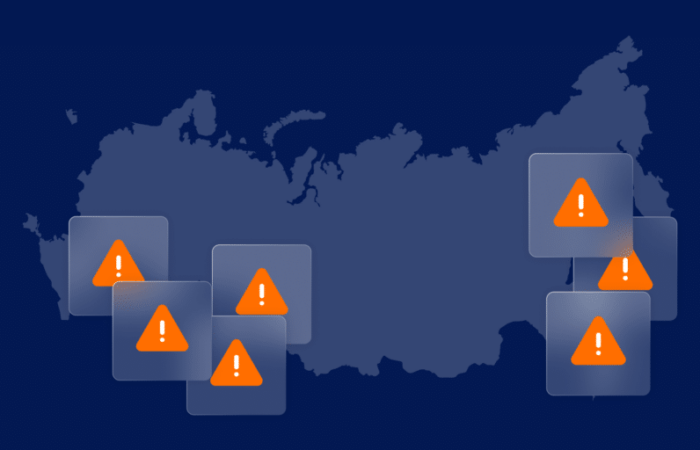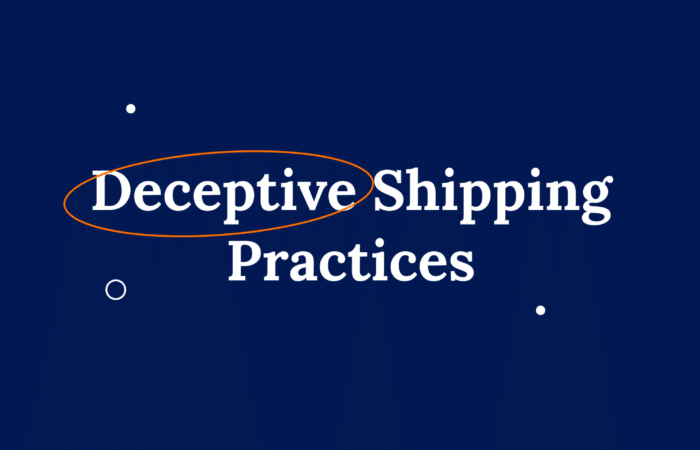Chronicle of a Grounding Foretold

What’s inside?
It could be a world record. Seventy-one days in detention for a vessel is the shipping equivalent of death row. That the Kuzma Minin was then reprieved, and allowed to set sail again, only to run aground off the southwest coast of England less than two weeks later, would seem to many to be unforgivable – how much warning did we need? It also throws up two questions: first, was this an accident foretold; and second, who’s next?

The answer to the former is no. While our risk models predict the probability of vessels having particular types of accident (collision, contact, grounding and mechanical breakdown), that doesn’t mean they can say what will happen and when – just as a 70% chance of winning a hand of poker doesn’t mean you will for sure win the next hand. It just means you are likely to win.
As it happens, our algorithms gave the Kuzma Minin a 4 (on a scale of 1-5) in terms of its risk of having a grounding accident in 2018.

There were several reasons for this, including:
- Turning profile – the speed and sharpness with which the Kuzma Minin turned was higher than the average for its population (bulk carriers).
- The proportion of the Kuzma Minin’s time spent inside a country’s exclusive economic zone (EEZ).


Interestingly, the Kuzma Minin was predicted to have an even higher likelihood of having a contact accident (it’s statistics, not a crystal ball!). For that reason, we can’t say for sure which vessel is next in line for a grounding of this nature. But if we just look at deficiencies and detentions in port state control data from the Paris MoU (which just covers European ports), we can see that the Kuzma Minin is not alone, though it’s a pretty exclusive club. Just 30 vessels out of some 70,000 ships with IMO numbers were detained by European ports more than once in 2018. These include:
The Turkey-owned Fom: 36 deficiencies; detained twice for a total of 10 days:

The Turkey-owned Duygu: 64 deficiencies; detained twice for total of 17 days:

The Greek-owned Dino: inspections found a total of 19 deficiencies; detained twice for total of 8 days:

Port state control deficiencies and detentions aren’t smoking guns when it comes to predicting accidents. But for many organizations, notably marine insurers, it’s the closest thing they have. All the more reason for the Paris MoU to reverse its decision to cut off its data feed from January 1. For more on that, here’s a report we prepared earlier.











